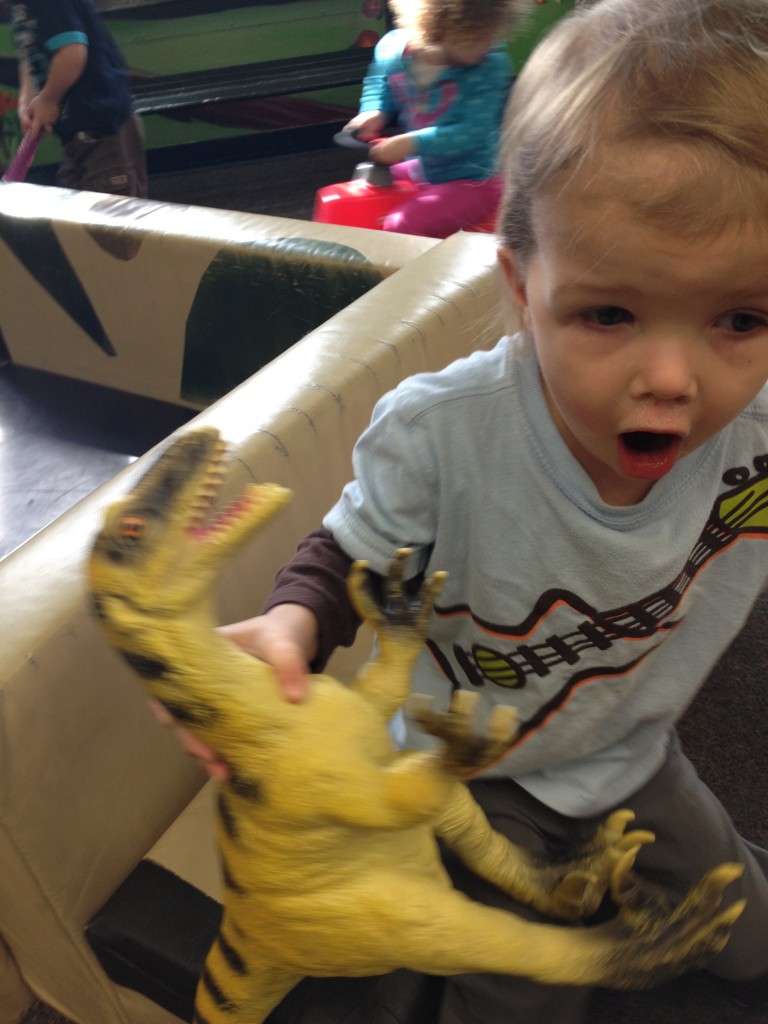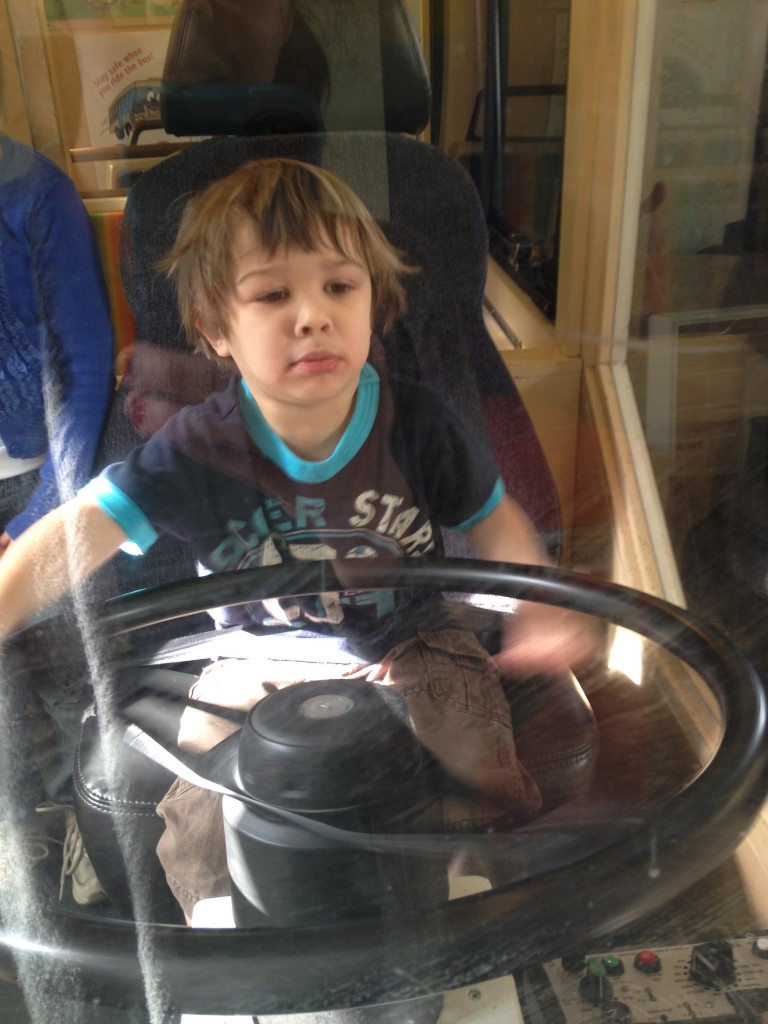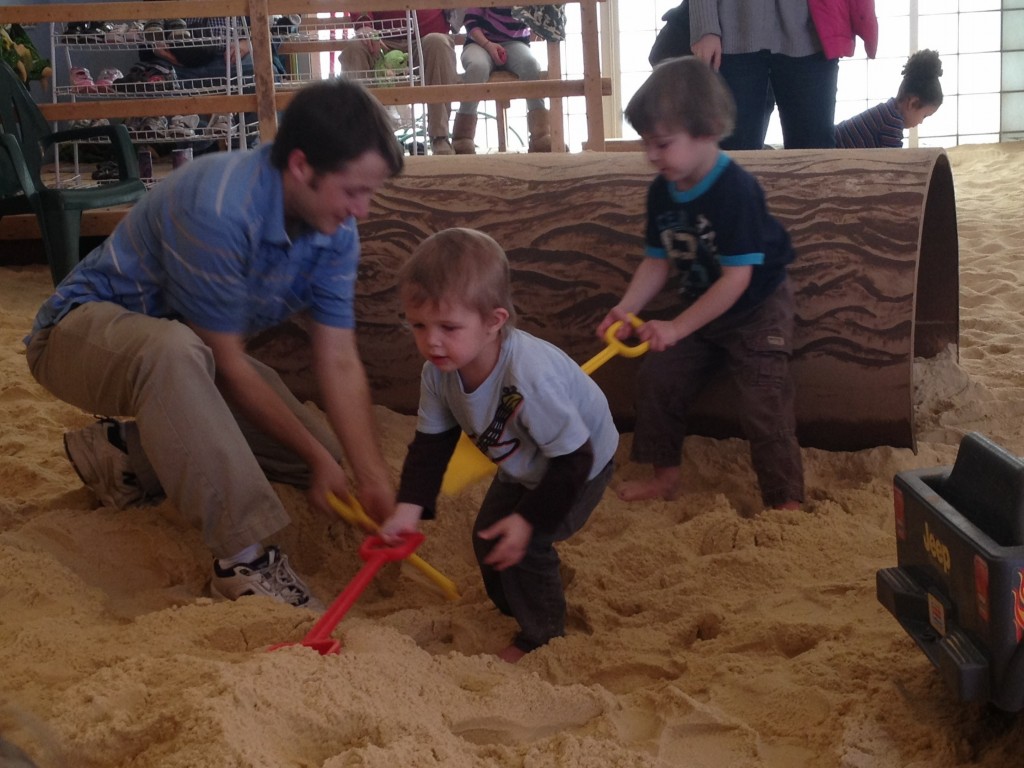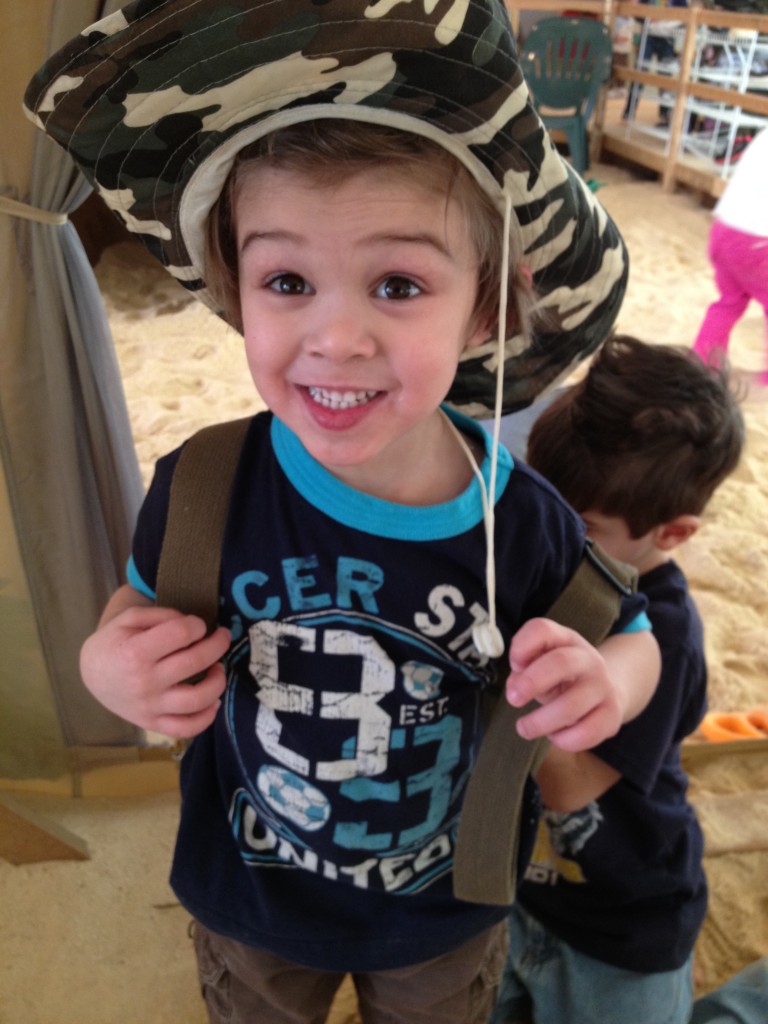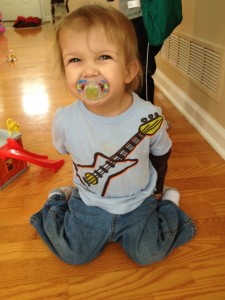I’m proud to call Rachel a friend, and excited that she is willing to share her story here today. Rachel is very active in the online advocacy community and one of my go-to friends for questions about Loeys-Dietz syndrome. She’s also extremely active in the Marfan syndrome & related disorders community in Ireland.

Thank you, Maya, for the opportunity to share my Loeys-Dietz journey on your blog! I was born with a cleft palate and split uvula. My mother had great difficulty feeding me through the first year and in May 1981 I had a diaphragmatic hernia repaired. In October 1981 the cleft palate was repaired. It was at this point that the floppiness (hypotonia) was initially noticed by doctors.
The next hospital visit was in 1986. Orthopaedic work was required on feet to aid walking and to straighten a crooked leg (knock knee). This was successfully completed. It was great getting the specially made boots from England in the post! But the Salamander shoes I wore as a child were another story all together!
In 1994 I had elective surgery on my Pigeon Chest (pectus carinatum) which protruded to quite a size. Obviously as a teenager at this stage this was very important to me. Surgery was undertaken to attempt to correct it, ligaments between ribs were removed until the chest wall collapsed. This surgery was largely successful though I still don’t have the perfect flat chest I wish for.
1996 saw me back in hospital, elective again, to have further work carried out on my feet. I was a guinea pig this time as the surgeon had never done the surgery but saw its successes in the States. Both ankles were increased in size with the aid of bone from my hip (which never grew back, leaving me with a hip with a huge dent in it!). They also attempted to straighten my big toe and remove the bunion but without splinting it after both toes went back to the way they were…leaving two unnecessary scars!
That was more or less me done for a while. In 1998, I was admitted to hospital with adhesions, possibly from the surgery in 1994. Thankfully, it righted itself after 4 or 5 days on a drip with a tube into by stomach to stop me getting sick, without having to have surgery. Then in 2007 I got a sudden headache. The pain was intense and made me feel nauseous. I went to bed and slept perfectly well, when I awoke the next morning I felt fine, that was until I got up, it was then that it came back at full throttle. After a difficult visit to the GP I was brought to hospital by Ambulance where they ended up keeping me in for 6 days. They did not know what caused the headaches but now believe it was due to a spinal fluid Leak due to dural ectasia.
During my earlier years in hospital many names were thrown around as to what I may have had that was causing these various problems and abnormalities. Marfan was mentioned in passing but due to my arm span not being longer than my height and at that stage no sign of any heart defect it was written off. I was labelled with Congenital Muscle Myopathy instead! However it was suggested that I consider getting an echo done on a fairly regular basis just in case.
In 2001 I arranged to go and have an echo done, ‘just in case’! When I met the cardiologist after he immediately labelled me with Marfan syndrome, and that is what I lived with until July 2008!
In May 2008, my brother who lives in Boston was travelling to work and heard Dr. Dietz speak about clinical tests with losartan for Marfan patients on the radio and also mention the National Marfan Foundation conference in Boston the following July. My brother encouraged me to fly over from Ireland to attend the conference but it took a little persuasion with various pieces of the jigsaw fitting together perfectly. I signed up for the conference and went. I was also lucky enough to be accepted for clinic appointments on the Friday, seeing genetics, orthopaedics, cardiology and ophthalmology.
I had an echo carried out on the Thursday and then came back for the clinic on the Friday. As soon as the geneticist saw me, the question of Loeys-Dietz syndrome (described by Dr. Bart Loeys and Dr. Harry Dietz in 2005) was raised. The white of my eyes are slightly blue, stretched surgery scars, the cleft palate and split uvula are all classic signs of LDS. Many of my other features are common to Marfan such as long digits and lax joints. When the ophthalmologist confirmed my eyes were fine that added to the possibility of my clinical diagnosis of Marfan being incorrect. It was advised that I should have heart surgery straight away.
The echo was then measuring an aortic root dilation of 4.1 cm.
Obviously I was upset, shaken and confused with this news, especially being away from home and my own doctors. I didn’t know how long I had left and felt every minute was a blessing.
On my return home the rollercoaster went full speed. I visited a geneticist who arranged for genetic testing to be done. The sample was sent to Ghent University where Dr. Loeys’ team carry out the testing. I was in contact with Dr. Loeys and he had the results back to me within 4 weeks (genetic testing is free in Ireland but results can take 6-12 months apparently!). I have a mutation in TGFBR1 gene…after 28 years I finally had a diagnosis and reason of all the problems I’ve grown up with. I also contacted my surgeon, who I had been seeing and told him about this new probable diagnosis (before genetic results were back).
To cut this story a little, I had very successful aortic root repair and valve sparing surgery carried out on the 9th September 2008 in Dublin. The surgical team and hospital staff were incredible. Surprisingly this surgery was one of the easiest to recover from out of all that I can remember. I was perky on day 3 and home on day 8. I was delayed a little due to low blood pressure and oxygen levels but they eventually creped up. I was back to work on a part time basis 8 weeks post op.
In January (2009) at a follow up appointment after the heart surgery I was informed I had an extremely severe case of dural ectasia, but at that time I was fortunate it wasn’t causing me too many noticeable issues. The following March (2009), I suffered a second spontaneous spinal fluid Leak. This time I was in a horizontal position for 10 days before being admitted to hospital for a blood patch. 2 weeks later I had full urinary retention and was catheterized for 9 weeks until one morning the catheter decided to come out on its own accord. I have managed without since. However this retention lead to me try find solutions to this problem, more particularly surgery to remove this enormous case of dural ectasia or tarlov cyst as it was being called. Over time and during the battle and waiting period my physical health deteriorated and I have been off work since. I hope one day a solution will be found for this problem and I will return to work.
Loeys-Dietz syndrome has a number of similar traits to Marfan and is possibly too often mistaken for Marfan syndrome (MFS). The growth of the aorta can be a lot more aggressive in LDS than in MFS and the threshold is said to be 4.0 cm as with Marfan it is said to be anywhere between 4.5 cm and 5.0 cm depending on the patient. Patients with LDS are also at risk from other aneurysms elsewhere on the arterial tree and therefore should be monitored very closely for such.
For more information about Loeys-Dietz syndrome, you can go to the Loeys-Dietz Syndrome Foundation and the National Marfan Foundation.

